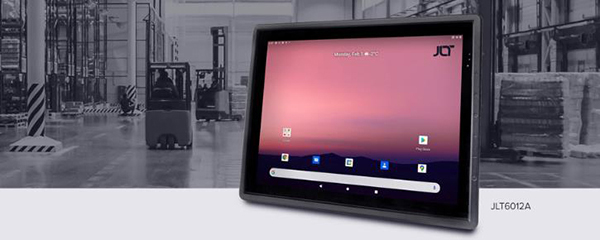What to Consider Before Going Android
More companies in manufacturing and industry are looking at migrating their IT to Android. This whitepaper helps you make the right move.
For a long time, the dominating operating systems for rugged devices were Windows CE for computers, and Windows Embedded OS for handheld devices. So, when Microsoft announced the discontinuation of these operating systems, it created a void in the marketplace that was never bridged by the non- starter Windows 10. And so, Android emerged as the top contender for an operating system compatible with the rugged environment.
For hardware manufacturers, the growing interest for Android OS has created challenges and completely changed the game. Especially since the Android platform isn’t built on Intel architecture, but on ARM architecture that requires a completely different skill set of engineers.
As Android has emerged as a viable option for enterprise deployment in the industrial space, the interest is growing rapidly. If you’re moving to Android there are a number of things to keep in mind.
Let the use case be your guide
Some use cases lend themselves better to an Android setup than a Windows setup and vice versa. Often, it’s not a case of choosing one or the other for your operation. Each has their place, and there are pros and cons with both. Android applications typically depend on connectivity, meaning that if you’re not connected to a server/cloud, the application doesn’t work optimally. Windows applications, on the other hand, typically have store-and-forward functionalities that enable them to also run offline. For a seamless user experience, working with an Android device is therefore best in a connected environment.

Android is a great choice for many handheld industrial applications such as quality checks or inventory control.
Another aspect is battery life. Traditionally, Android in rugged IT doesn’t require as much battery to be utilized and the devices last longer without having to be recharged compared to what a Windows device typically does. This means more worktime per device and, depending on how work is carried out in your environment, using Android could be an advantage.
Next step: Trial period and buy-in from users
Analyzing whether Android is right for your particular use case is great, but there are additional steps that need to be taken to ensure it’s the optimal solution for your business. First of all, it’s important to test the new devices in your environment. In many cases, the logical decision might be to move to Android, but after having tried the devices for a period of time, it turns out it doesn’t really work in practice for various reasons.
It is critical to get the users to buy into the idea, and the new way of working, in order for the implementation to be successful. A top-down decision approach is not recommended.
When testing you should choose a specific application for the device to be tested on. Allow multiple end-users to try it out and give their feedback on what works, what doesn’t and what needs to be changed.
Compare how work is being carried out today, to what it would be like with the Android device, look at the overall costs and the users’ willingness to adapt to changes.
Choose the right vendor to ensure support for your devices
After making the decision to go Android, the next challenge is to choose the right vendor. Make sure you know the vendor’s product roadmap for the device you choose. Knowing what’s coming down the road and for how long the vendor is committed to produce and support your product is crucial. At some point, all products go end-of-life and as a customer, you don’t want to be hung out to dry when your device does. Find out how long after end-of-life your chosen vendor is going to support your device.

Using a common operating system across your IT fleet simplifies operation, maintenance and device management, so it pays to look for a vendor who supports Android for handheld as well as vehicle mount computers.
To reduce your support cost and maintain your business, you want a single device that you can purchase for many years to come. You want the same device across the entire network, not a multitude of devices with different hardware, operating systems and supports. That drives up cost and reduces your ROI. Android typically lends itself to a shorter lifecycle than what Windows does for support, but hardware manufacturers at the forefront are now getting better at creating longer timeframes for customers.
About the author:
Chad Woodyatt is Business Development Manager Northwest and Ports at JLT Mobile Computers, Inc.








